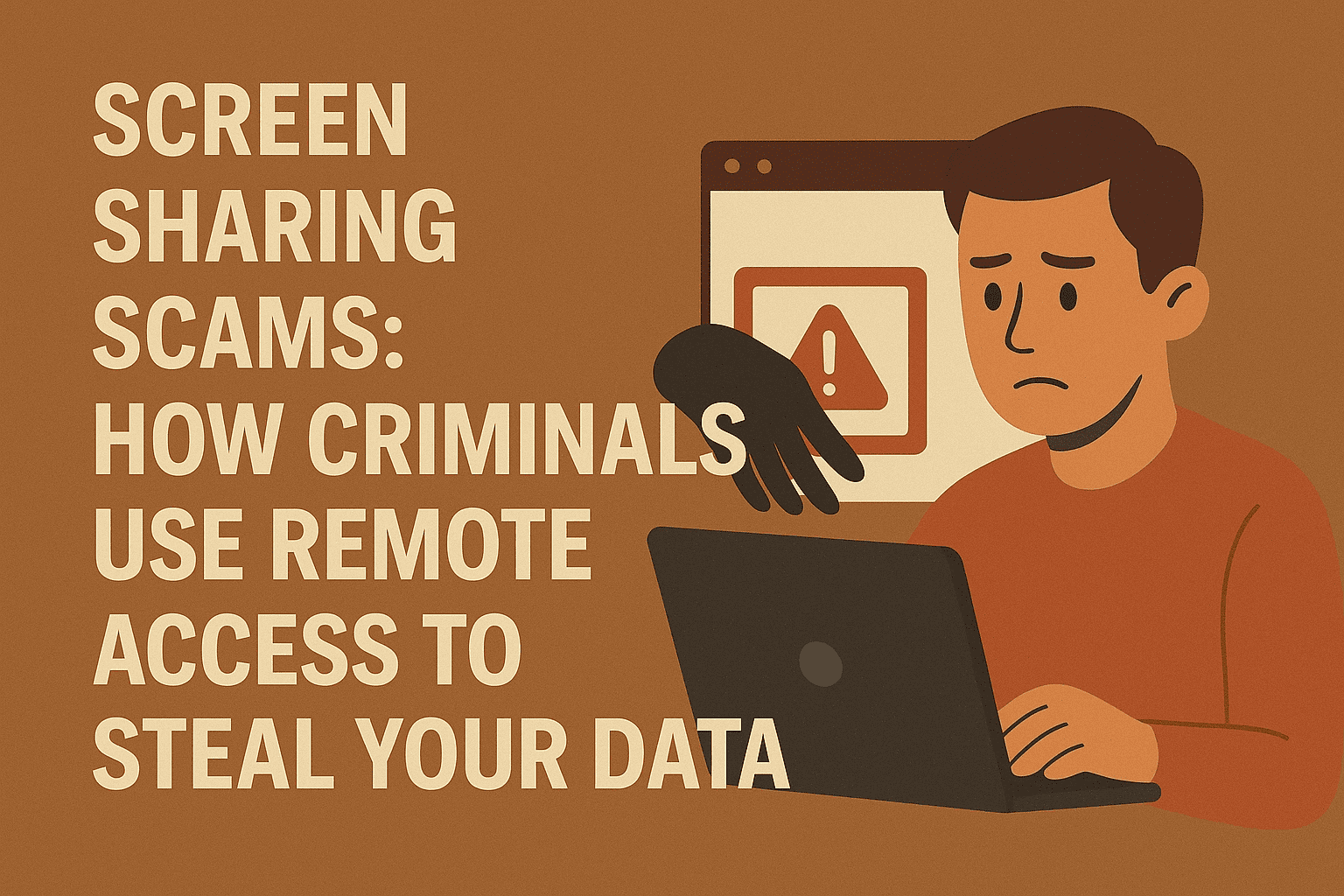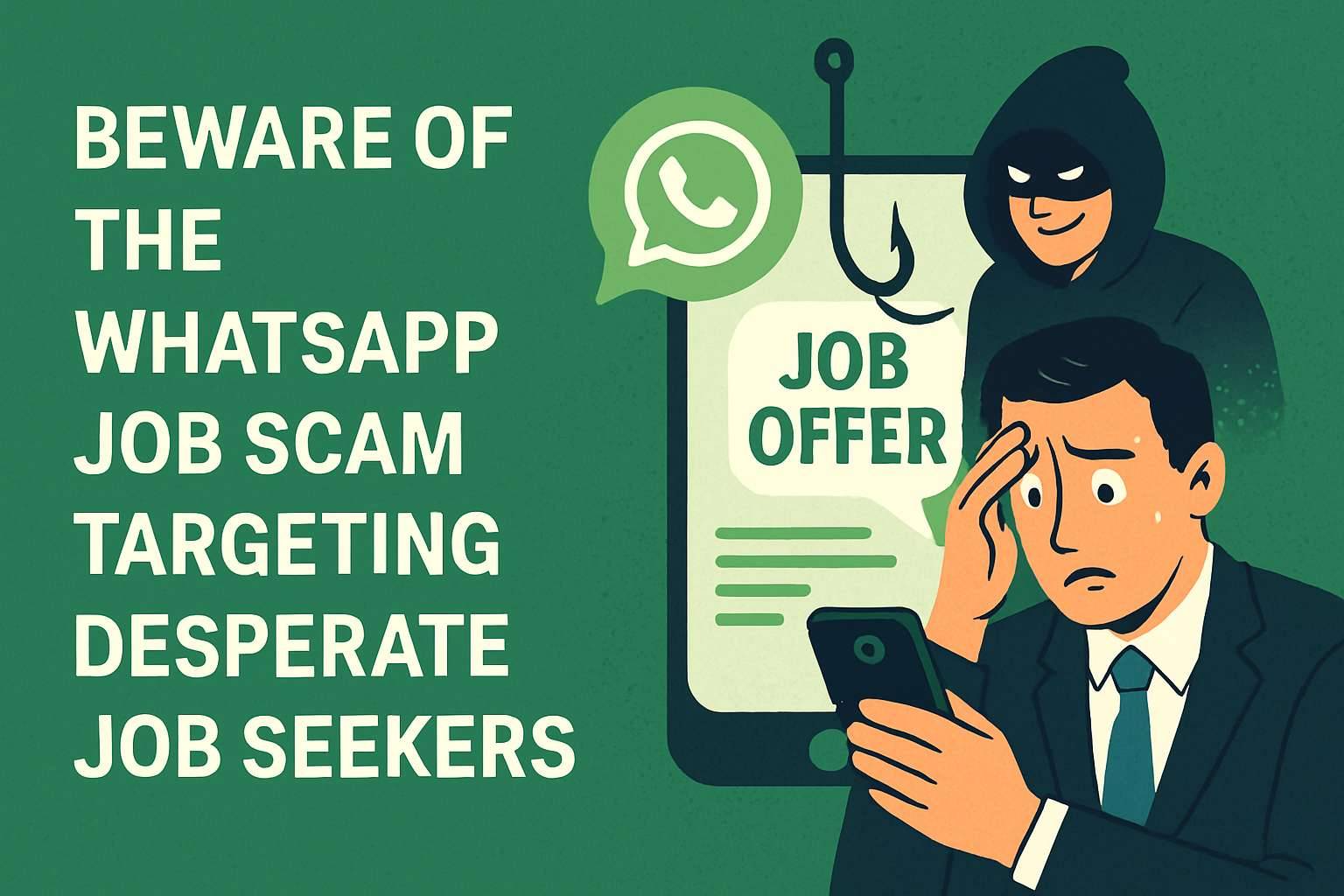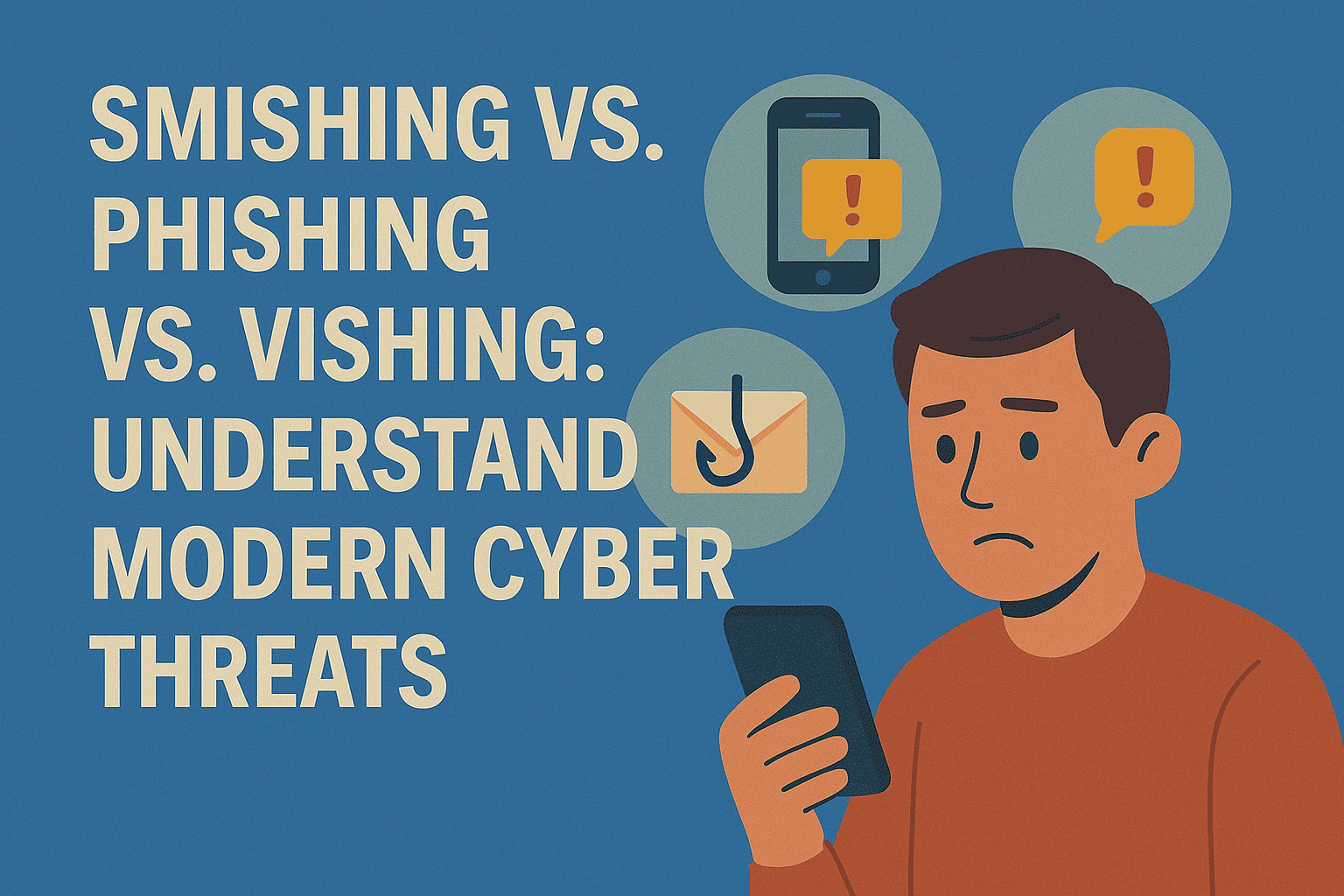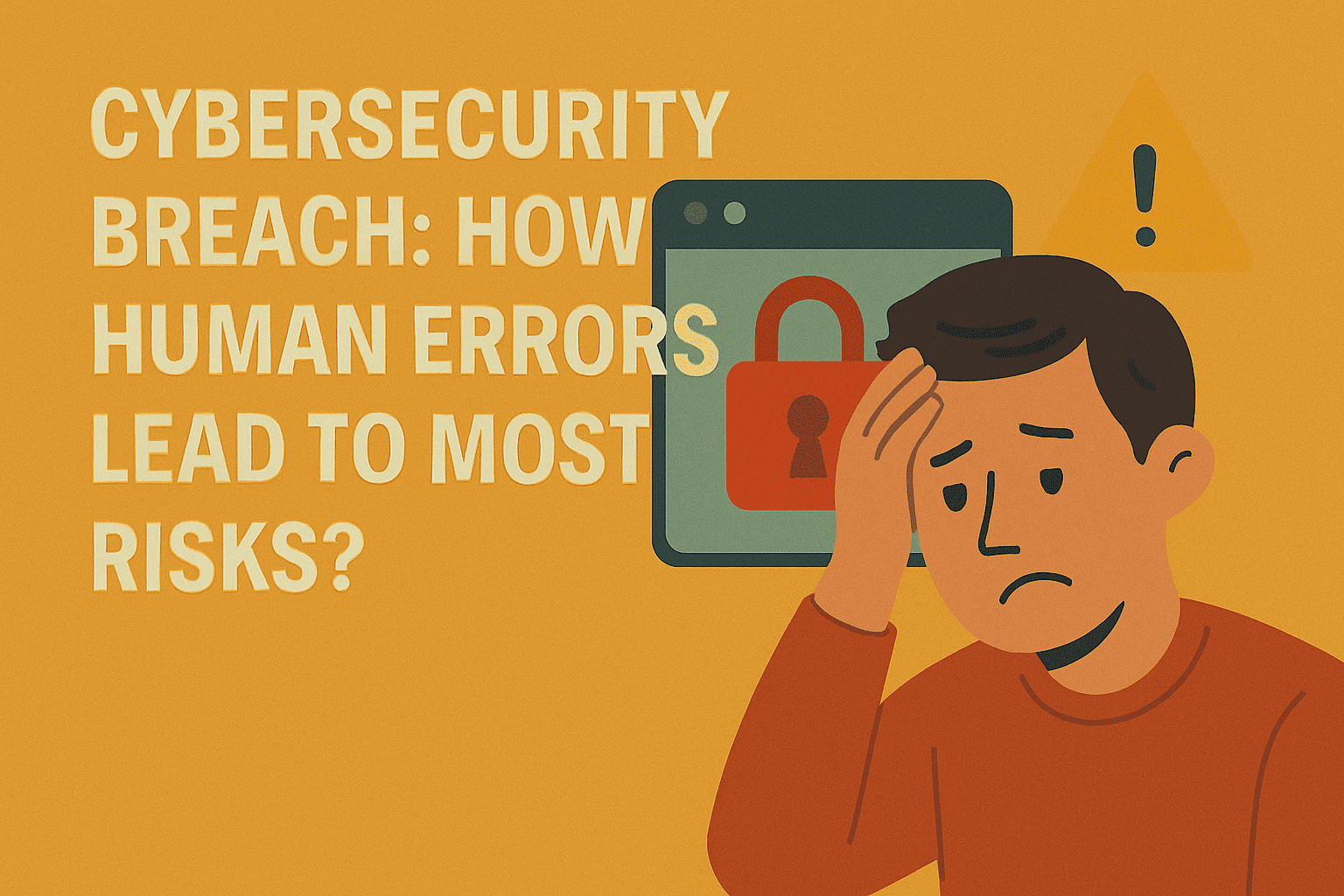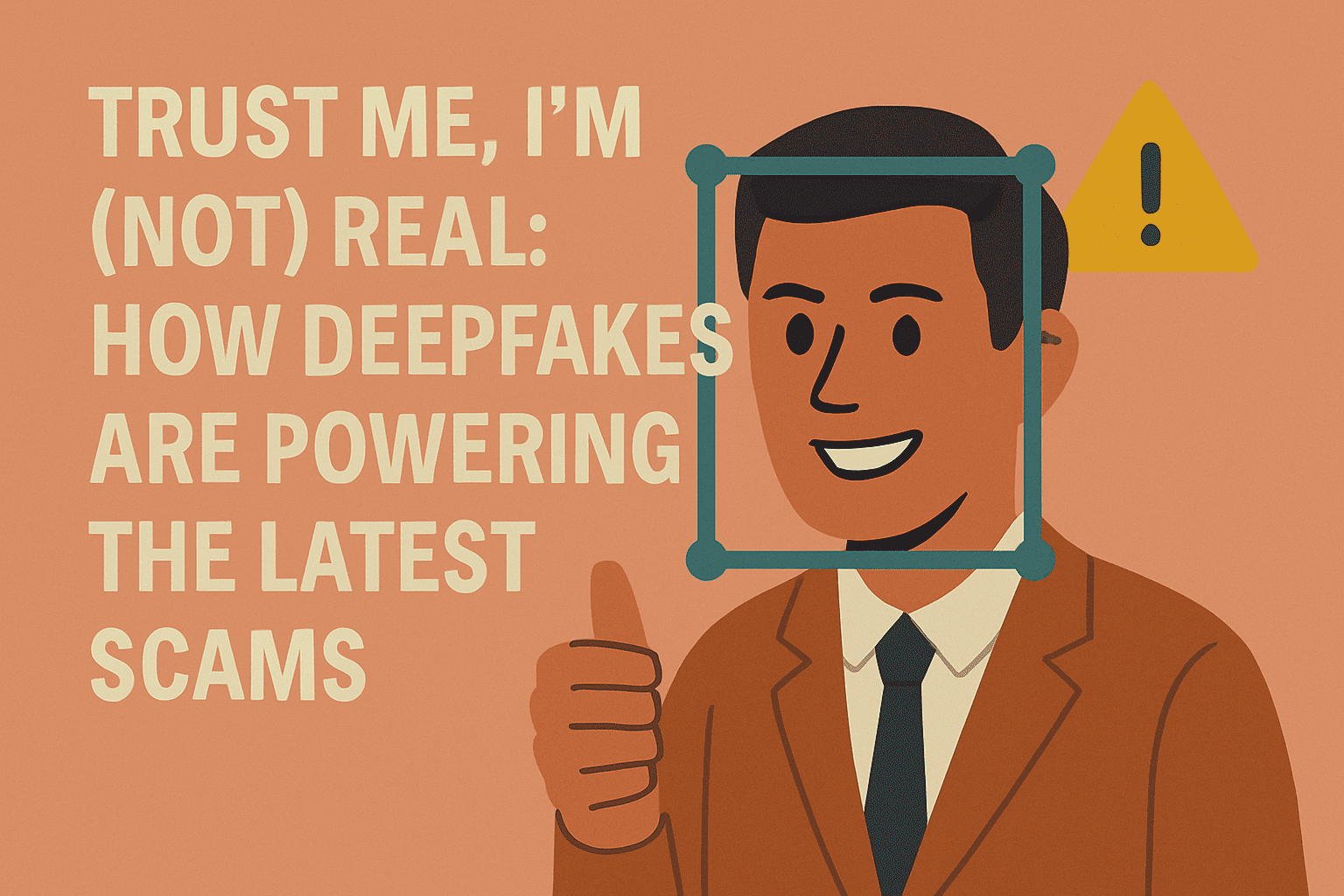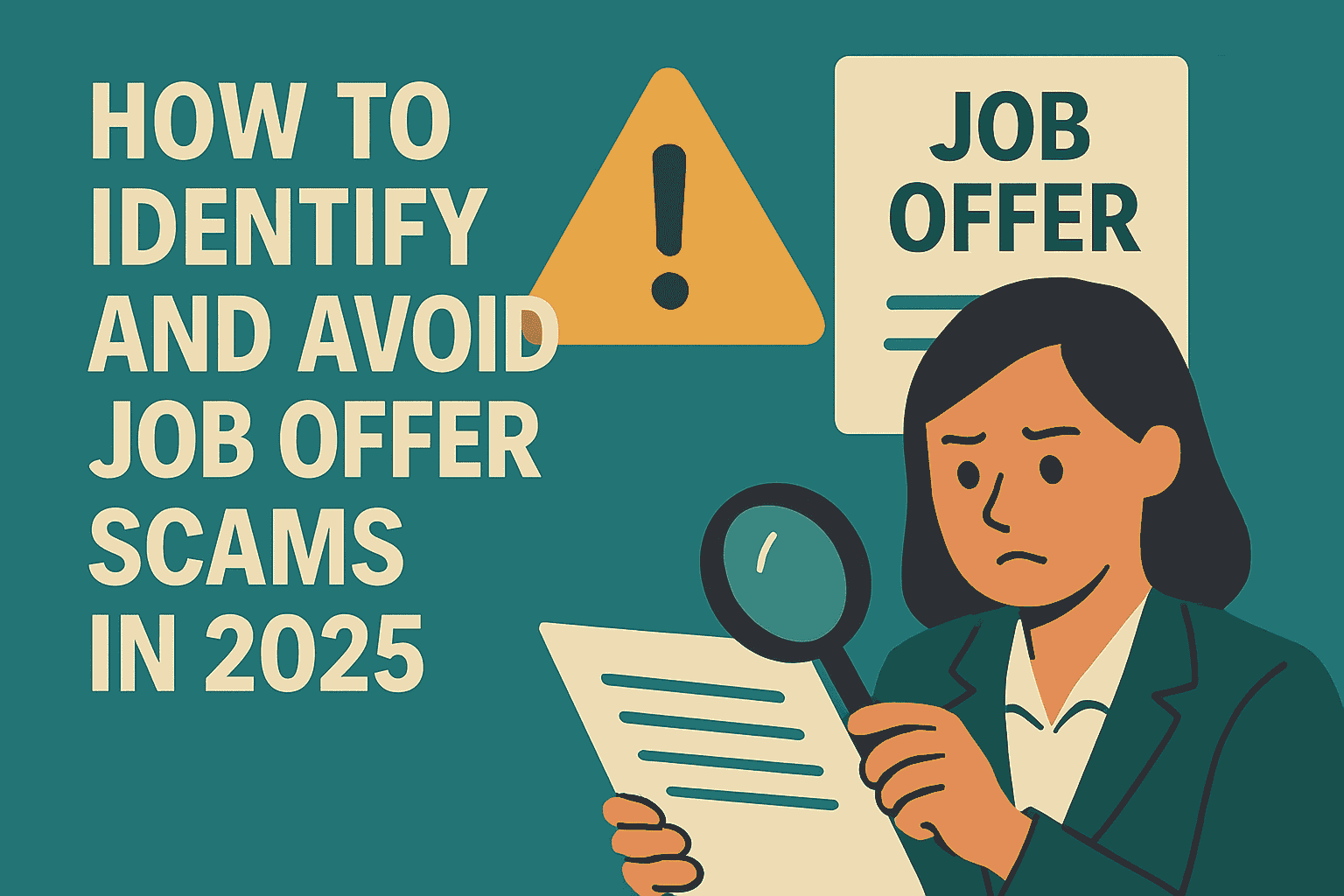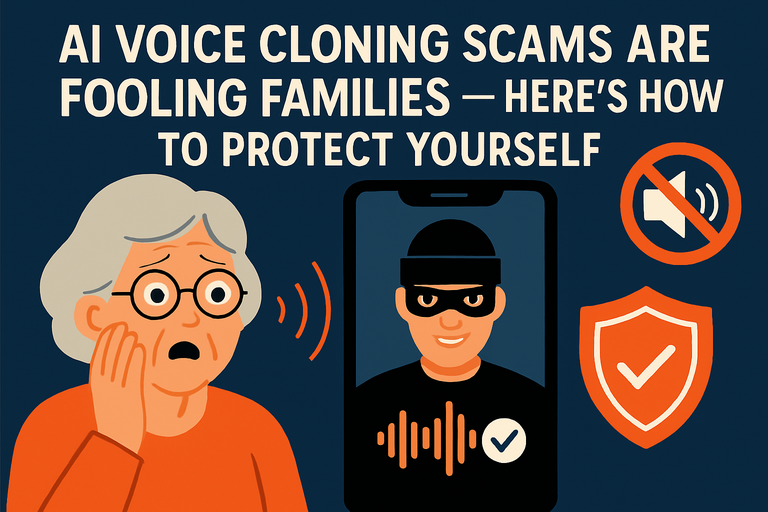Screen Sharing Scams: How Criminals Use Remote Access to Steal Your Data
Learn how screen sharing and remote access scams work—and how to protect yourself in 2025.
Screen sharing scams, also known as remote access fraud,
have become a serious threat in 2025. Criminals deceive victims into
downloading legitimate screen sharing or remote access software, which they
then exploit to steal sensitive information, access accounts, or even drain
funds.
What Are Screen Sharing Scams?
There are two main types involved:
- Screen
Sharing: Using programs like Zoom or Microsoft Teams, scammers
convince you to share your screen visually, allowing them to see sensitive
details such as passwords or bank info.
- Remote
Access: Using software like AnyDesk, TeamViewer, or LogMeIn, scammers
gain full control over your device remotely, letting them browse files,
log into accounts, or install malware.
Scammers often pose as bank representatives, tech support,
or investment advisors to gain your trust and persuade you to install these
tools.
How Do Screen Sharing Scams Work?
- You
receive a cold call, email, or social message from a “trusted” source.
- The
scammer builds trust and convinces you to download screen sharing or
remote access software.
- You
grant access or share your screen, unknowingly exposing sensitive data or
control of your device.
- The
scammer steals data, logs into accounts, or initiates fraudulent
transactions.
How to Avoid Screen Sharing Scams
- Never
download or install screen sharing or remote access software unless you
explicitly requested tech support from a trusted source.
- Do
not share your screen or grant remote control to strangers or cold
callers.
- Your
bank or investment firm will never ask you to give remote access to your
computer or phone out of the blue.
- Never
type passwords, PINs, or account details while sharing your screen.
- If
you feel pressured or rushed to share access, end the call immediately.
- Verify
any request independently by contacting the company through official
channels.
- Keep
your antivirus software updated and run scans after any suspicious
activity.
- Enable
two-factor authentication on all critical accounts for extra security.
What To Do if You’ve Been Scammed
- Disconnect
your device from the internet immediately.
- Inform
your IT support or trusted technician to inspect your device.
- Change
all passwords for your accounts, especially banking and email.
- Report
the scam to your bank, authorities, or fraud reporting agencies promptly.
- Stay
alert for follow-up scams targeting victims.
Quick Comparison Table
|
Aspect |
Screen Sharing (View Only) |
Remote Access (Full Control) |
|
Example Software |
Zoom, Microsoft Teams |
AnyDesk, TeamViewer, LogMeIn |
|
Access Level |
Visual of your screen |
Full control over your device |
|
Risks |
Exposure of sensitive information |
Theft of data, unauthorized changes |
|
Scammer Tactics |
Manipulate to reveal info |
Control device, install malware |
|
Prevention |
Don’t share screen with strangers |
Never grant remote control unless trusted |
Conclusion
Screen sharing scams exploit trust and legitimate software tools to commit
fraud and steal identity. By staying vigilant, refusing unsolicited remote
access, and verifying contacts carefully, you can protect yourself from these
costly scams.
Stay safe online — SpamRoko.com

